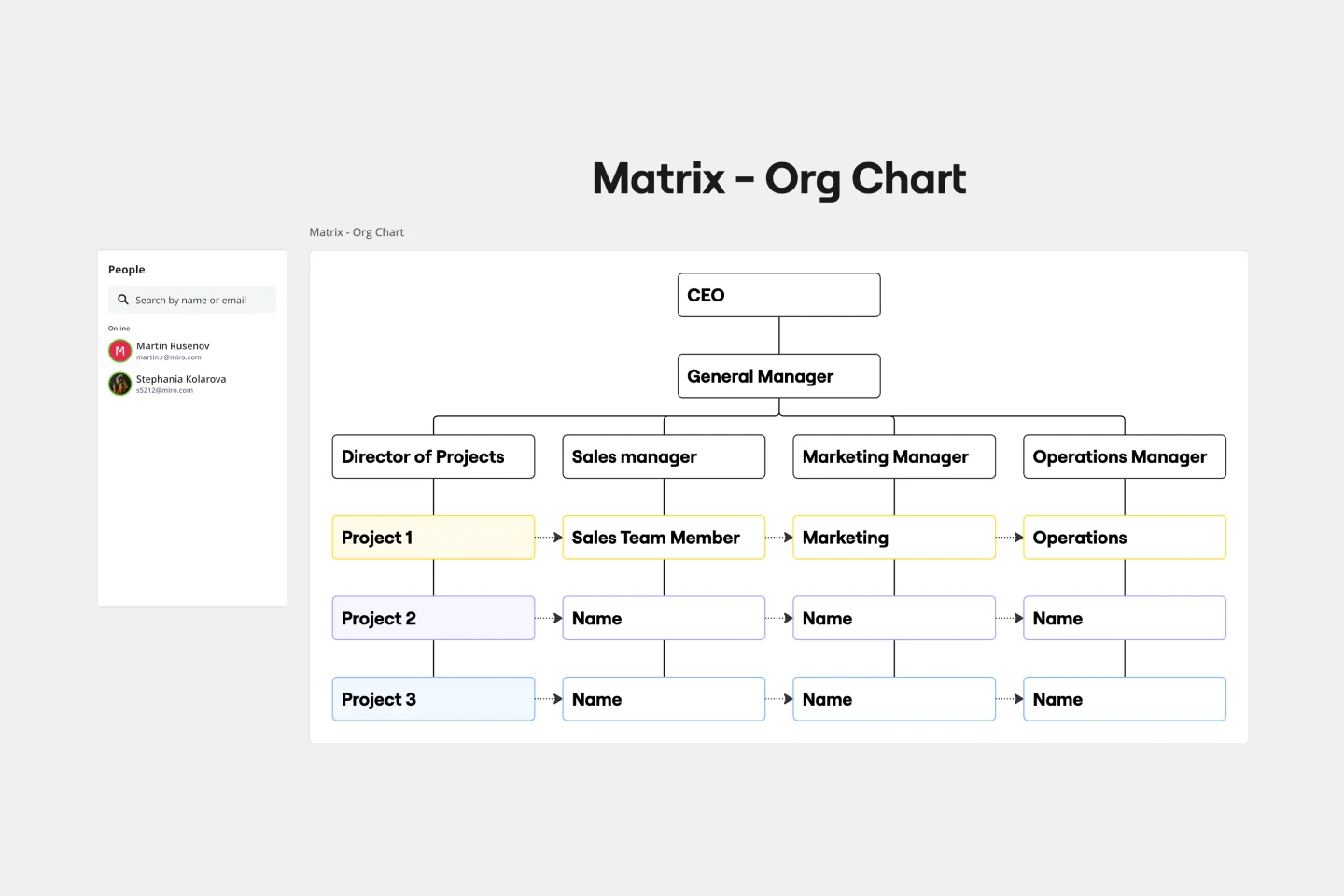About the Self-Evaluation Template
Self-evaluation is an essential tool in the professional world as it allows people to reflect on their performance. It helps them identify their strengths and weaknesses and recognize areas that require improvement. The Self-Evaluation Template offers a concise and comprehensive framework for assessing one's contributions and interactions within an organization. This template can assist people in gaining a better understanding of their performance and setting goals for their professional development.
This template covers various elements to provide a comprehensive overview of the employee's performance. Let's explore its essential components:
Employee Info: A section dedicated to basic details such as the individual's name and the period the review covers. This ensures clarity and organization.
How would you rate the quality of your work? Here, employees can provide a rating or detailed feedback on the overall quality and consistency of their work.
Do you cultivate positive relationships? This area focuses on interpersonal skills and how the individual engages with colleagues.
Can you handle tasks independently within your area of expertise without needing assistance from others? This checks the employee's proficiency and confidence in their role.
Do you demonstrate effective listening skills? Communication is paramount, which assesses the employee's ability to listen and comprehend.
Are you flexible and receptive regarding new ideas and approaches? This measures adaptability, a key trait in the ever-evolving professional landscape.
Please describe your major accomplishments during this review period. A dedicated space for people to highlight their successes and milestones.
How to use the self-evaluation template
Begin by filling out the employee Info section for clarity.
Move systematically through each question, providing honest and thoughtful responses.
To edit, click on the desired section. With a few clicks, you can make any necessary changes.
If needed, the template is expandable, allowing for additional shapes and connector lines. Take advantage of automated diagramming features to keep everything structured.
You can also integrate other artifacts on the board to offer context or support to your evaluations.
Why should you use a self-evaluation template?
Objectivity: Provides a standardized format, reducing biases and promoting objective self-assessment.
Comprehensiveness: Ensures all key performance areas are reviewed, leaving no stone unturned.
Clarity: Helps people articulate their strengths and areas for improvement.
Enhanced Self-awareness: Enables professionals to gain insights into their own work behaviors and patterns.
Feedback Preparation: Prepares people for feedback sessions, making the discussions more productive and focused.
Self-Evaluation Template FAQs
Can the template be customized?
Yes, while the base template covers essential areas, it can be tailored to fit specific organizational needs.
How frequently should I use this template?
Ideally, this should align with your organization's review cycle, whether that's quarterly, bi-annually, or annually.
Can I attach documents or links to support my responses?
Absolutely. The board allows for the integration of various artifacts to provide additional context.
Is this template suitable for all roles and industries?
While the template is designed to be versatile, it's always a good idea to ensure that the questions align with the specific role and industry nuances. Adjust as necessary.

Miro
The AI Innovation Workspace
Miro brings teams and AI together to plan, co-create, and build the next big thing, faster. Miro empowers 100M+ users to flow from early discovery through final delivery on a shared, AI-first canvas. By embedding AI where teamwork happens, Miro breaks down silos, improves alignment, and accelerates innovation. With the canvas as the prompt, Miro’s AI capabilities keep teams in the flow of work, scale shifts in ways of working, and, ultimately, drive organization-wide transformation
Categories
Similar templates
Performance Improvement Plan Template

Performance Improvement Plan Template
The Performance Improvement Plan (PIP) Template is a structured tool for managers and HR professionals to address and guide employee performance with clarity. One of its standout benefits is to promote better communication, ensuring that feedback given is not just specific but actionable, eliminating ambiguities, and bridging understanding between managers and team members.
Performance Review Template

Performance Review Template
The Performance Review Template offers a structured and intuitive framework for managers and HR professionals to evaluate an employee's performance over a specific period. One significant benefit of using this template is its ability to foster clear communication, ensuring that both employees and supervisors have a shared understanding of achievements, expectations, and areas for development, thereby promoting a more cohesive work environment.
Matrix Org Chart

Matrix Org Chart
The matrix org chart template organizes teams efficiently and promotes effective communication. It is an essential tool for businesses that require complex decision-making capabilities and rapid response times. With this template, people can easily visualize their roles, responsibilities, and relationships within the organization, leading to improved alignment and performance.
Performance Improvement Plan Template

Performance Improvement Plan Template
The Performance Improvement Plan (PIP) Template is a structured tool for managers and HR professionals to address and guide employee performance with clarity. One of its standout benefits is to promote better communication, ensuring that feedback given is not just specific but actionable, eliminating ambiguities, and bridging understanding between managers and team members.
Performance Review Template

Performance Review Template
The Performance Review Template offers a structured and intuitive framework for managers and HR professionals to evaluate an employee's performance over a specific period. One significant benefit of using this template is its ability to foster clear communication, ensuring that both employees and supervisors have a shared understanding of achievements, expectations, and areas for development, thereby promoting a more cohesive work environment.
Matrix Org Chart

Matrix Org Chart
The matrix org chart template organizes teams efficiently and promotes effective communication. It is an essential tool for businesses that require complex decision-making capabilities and rapid response times. With this template, people can easily visualize their roles, responsibilities, and relationships within the organization, leading to improved alignment and performance.